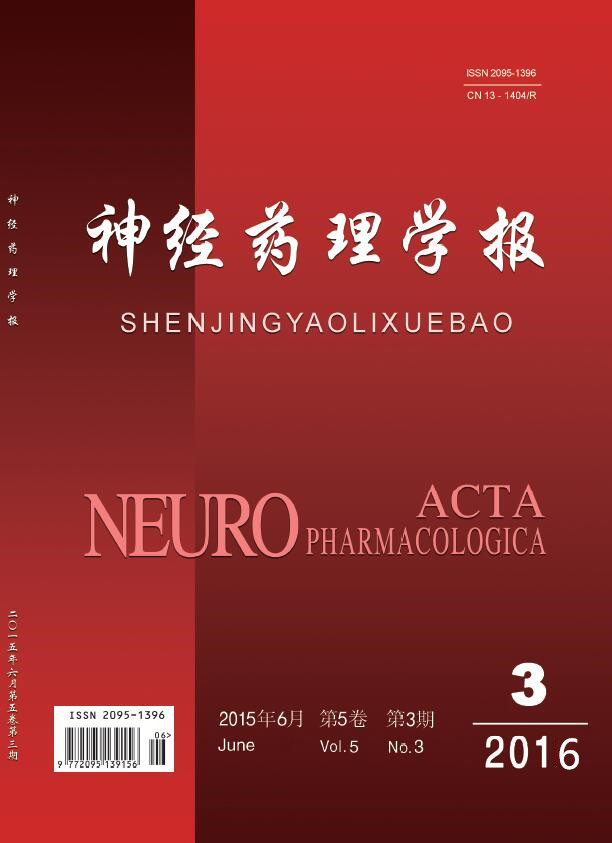|
|
Chronic Ulcerative Colitis Model Induced by Oxazolone and 2,4,6-Trinitrobenzene Sulfonic Acid in Mice
SONG Xiao-min, ZHUANG Zhong-bao, ZHANG Hai-wei, SU Xiao-mei, ZHAO Kai-yan, ZHANG Li
2016, 6 (3):
17-23.
DOI: 10.3969/j.issn.2095-1396.2016.03.003
Objective: To establish the chronic ulcerative colitis model induced by oxazolone and 2,4,6-trinitrobenzene sulfonic acid together in mice. Methods: 24 healthy male Kunming (KM) mice were randomly divided into two groups: normal control group (N group, n=12), model group (group M, n=12). The mice were treated with OXZ and TNBS according to a certain cycle induction method by rectally administration, and the mental state, and the condition of the fur color, eating and defecation were recorded every day, and the disease activity index (disease activity index, DAI) was detected every day as well. Three mice were killed in N group and M group respectively every week, which was recorded N1, N2, N3, N4, M1, M2, M3 and M4 group after the modeling cycle. Meanwhile the colon was separated out, and the CMDI and the CI was determined. The level of the IL-4 and TNF-α detected in Immunohistochemical technique was confirmed. Results: The scores of normal mice were stable, and the scores of M1, M2, M3 and M4 model group were significantly higher than those of normal group. Conclusion: The chronic ulcerative colitis model induced by oxazolone and 2,4,6-trinitrobenzene sulfonic acid together in mice was established successfully. Its pathological characteristics are closer to the human chronic ulcerative colitis and can be kept for a month at least.
References |
Related Articles |
Metrics
|

